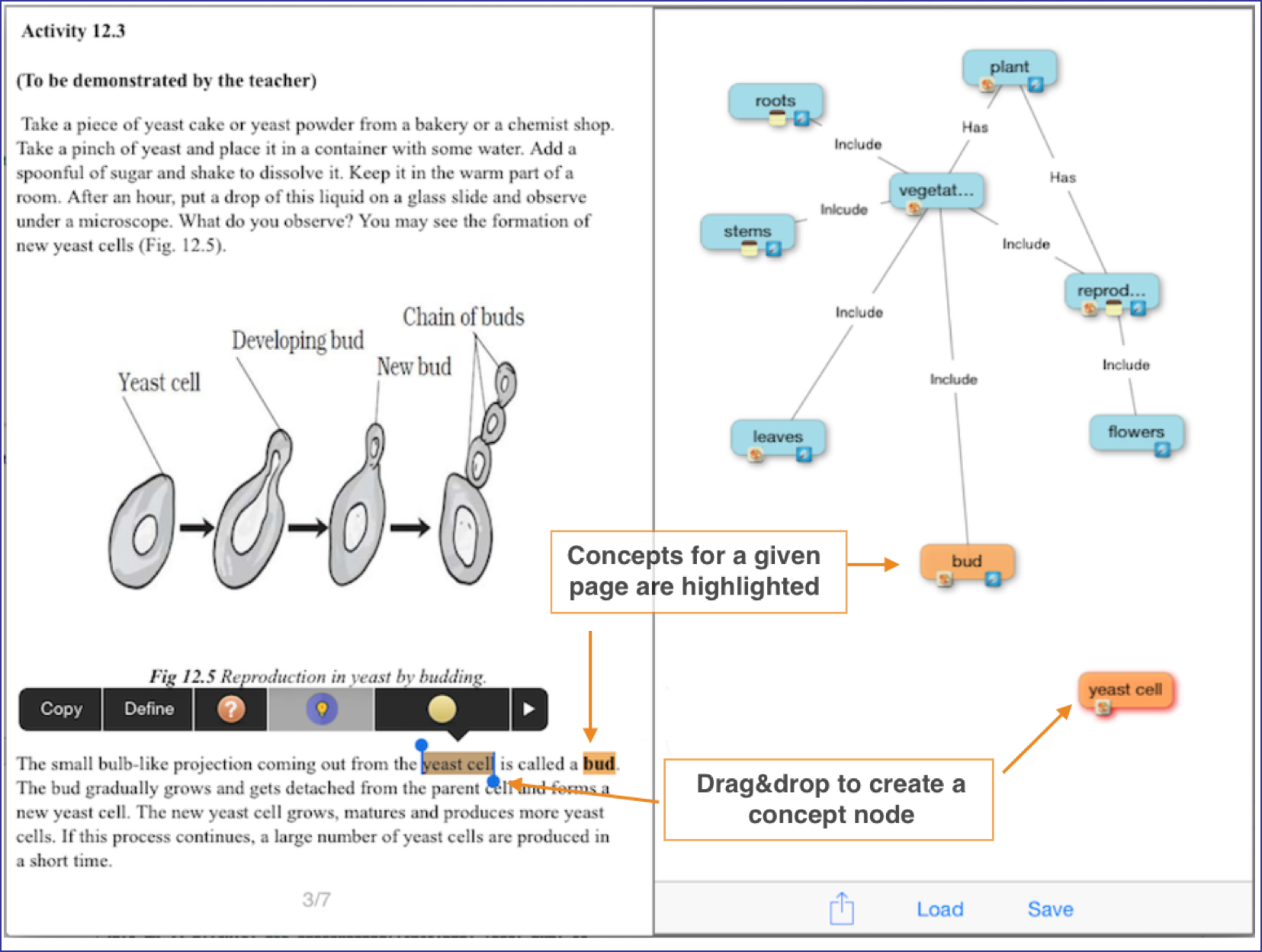Ruth Wylie

Designing innovative educational technologies requires an interdisciplinary and multi-pronged approach. In this project, we combine a systematic review, student needs assessment, and classroom evaluation to understand what students want and need in the next generation of digital textbooks. Our systematic review examined interventions that were designed in accordance with one of eight learning theories (e.g., knowledge building, inquiry learning, cognitive load theory) and identified specific behaviors that the interventions supported (e.g., generating explanations, writing notes, asking questions). Since theory does not always align with student perceived needs, our student needs assessment allowed us to better understand the context in which students are studying as well as to identify what students want from learning technologies.
For our needs analysis, we used a variety of user-centered design methodologies (e.g., diary study, technology love and break-up letters) that encouraged students to reflect on the advantages and disadvantages of current and near-future educational tools. Finally, to evaluate our prototype in context, we conducted a classroom study of our concept mapping tool, one feature of our postdigital textbook. The results from these three strands will be integrated to produce design guidelines for developing future prototypes that integrate theory, advanced learning technologies, and student needs.

